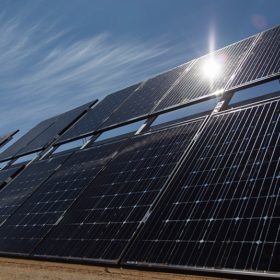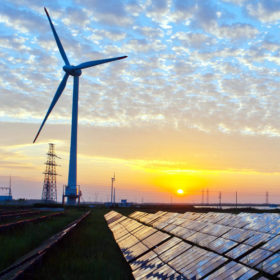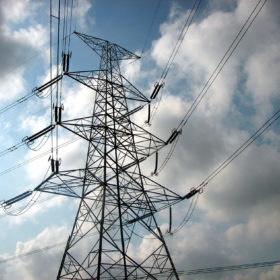Siemens Gamesa bags 250 MW solar EPC project from Sprng Energy
Spanish-German renewable energy developer Siemens Gamesa—which developed India’s first wind/solar hybrid plant—has commissioned over 400 MW solar capacity in India.
China confirms FIT level payments – but they will be ‘subject to competition’
The Beijing authorities have confirmed the payment levels to be made according to type of project and region from July onwards but an auction process will be involved so the figures are for guidance only. No decision has yet been made on the 30 GW of capacity added since the end of May.
Azure Power commissions 150 MW project at the Bhadla Solar Park
The independent power producer now has 1.6 GW of operational solar assets. Other recently commissioned Azure projects include the final phase of a 260 MW solar project in Gujarat and a 100 MW facility in Karnataka.
Tata Power exemplifying the Indian energy transition: IEEFA
The private-sector integrated power company will cease to build new coal-fired capacity. Instead, it eyes 70% of new capacity additions coming from solar, wind and hydro through to year 2025.
India will add 144 GW renewables by 2022, exceed 275 GW by 2027: IEEFA
Given the existing trajectory of wind, solar and other renewable sources, India will reach 144 GW renewable energy capacity by FY2021-22—not far from the aspirational 175 GW target set back in 2015. This places India on track for exceeding its 275 GW target in 2027.
India could add 7-7.5 GW solar capacity this fiscal, predicts ICRA
The solar capacity addition of 7-7.5 GW in FY2019-20 will be 15% higher than a subdued 6-6.5 GW in FY 2018-19. Of the total, 1 GW would come through open access/group captive route and grid-connected rooftop.
Bid submission deadline extended for 1.2GW hybrid and 200MW solar projects
The Solar Energy Corporation (SECI) has pushed back the bid submission deadline for ISTS-connected 1.2 GW wind-solar hybrid projects by two weeks. On the other hand, the revised deadline for 200 MW grid-connected solar PV power capacity in Uttarakhand is now April 30.
Maldives — a sinking paradise with solar ambitions
In September 1988, the United Nations spelt doom for the Maldives when the organization predicted that a gradual rise in average sea levels would leave the Indian Ocean nation of 1,196 small islands completely covered by water within 30 years.
The prospects for solar after the Assembly elections
Narendra Modi’s BJP party is seeking re-election with the aim of ensuring the electrification of all railways by 2022 and turning renewable energy into a popular movement with steps including an emphasis on solar farming. Even if the elections spring a surprise, however, the renewable momentum is unlikely to slow as no government can afford to roll back the clean power tide.
The long read: Operator, connect me
Like many areas in renewable energy, the operations and maintenance of large-scale solar power plants is becoming an increasingly sophisticated affair. Granular data gathered using hardware such as drones and thermal imaging equipment, in combination with complex analytics software, mean that service providers now have oversight of a plant right down to the performance of individual cells and components. A look at fault detection offers several examples of these trends in action.















